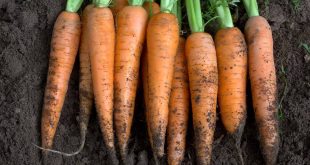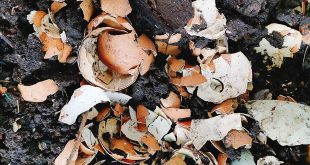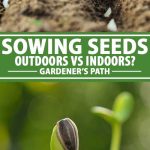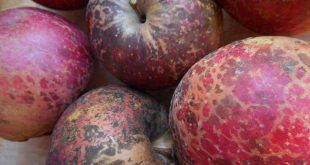You have your seed packs, you have the seeds you need, and you have a garden plan – it sounds like you’re ready to plant and grow a garden!
But are you sure that you know which seeds can go straight into your garden floor and which ones better when you use them indoors?
When preparing to plant your vegetable seeds, there are a few general guidelines to follow – some should be planted straight into your garden, while others need the sheltered conditions offered by indoor sowing.
In this article you will not only learn which vegetables should normally be planted indoors and which should be planted outdoors, but also Why, So that you can make an informed decision for each variety that you want to grow in the future.
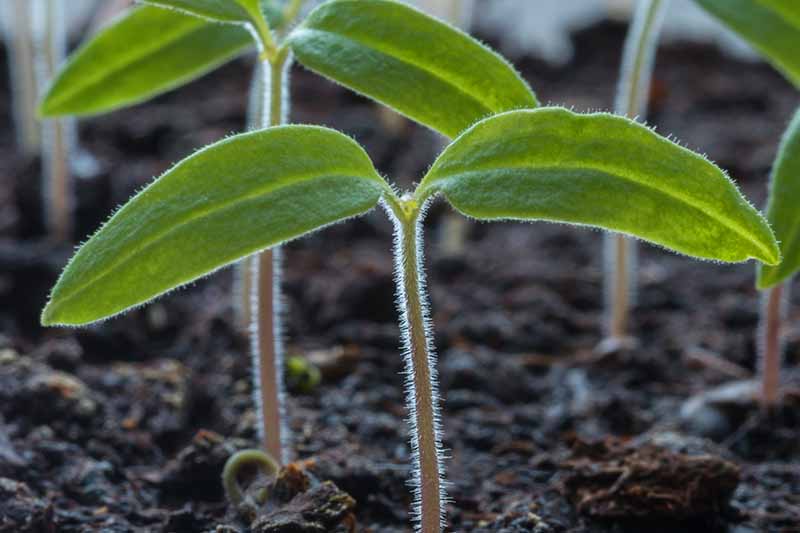
And I’ll also mention a few exceptions that can work well for your own garden.
Here’s an overview of what I’m going to cover:
Count your growing days
Before we start, it is very useful for you to have an idea of the length of your growing season – that is, how many frost-free days you have on average between your last frost in spring and your first frost in autumn.
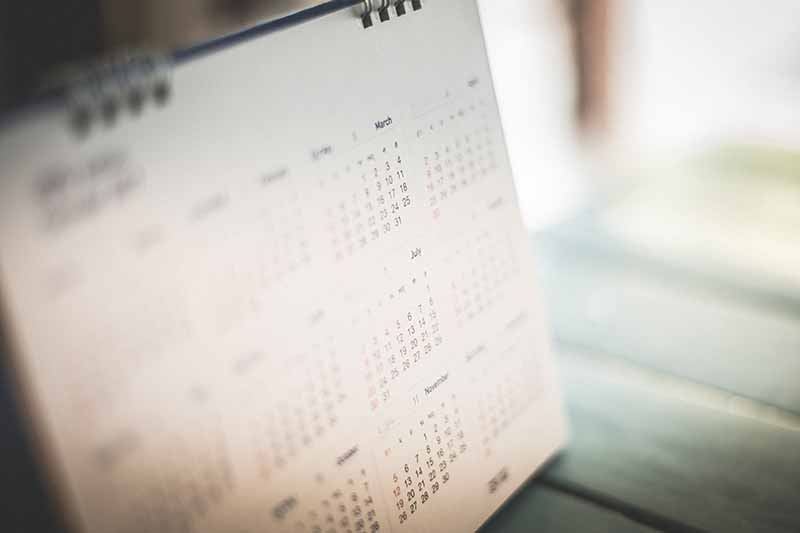
If I didn’t recognize and respect the length of my – rather short – growing season in my Zone 5 garden and plant my seeds accordingly, my harvests would be poor and I would face disappointments year after year.
I would probably conclude that I didn’t have a green thumb and gardening was not for me!
Instead, I have to humbly accept that my growing season only lasts about 130 days on average – around the beginning of June to the end of September.
I’m adjusting my planting strategy to this number instead of crossing my fingers and hoping that my first frost may come later this year.
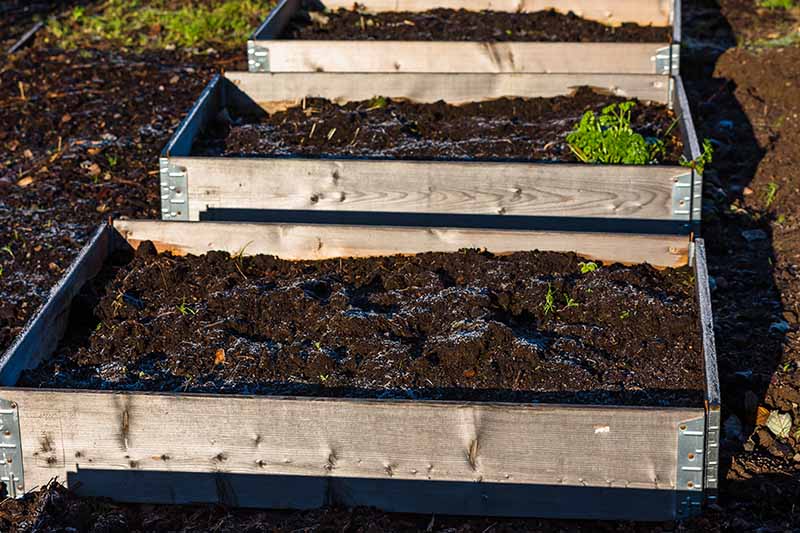
And you should also know the length of your growing season.
If you are not familiar with the length of your growing season, this is it Tool of the National Gardener’s Association can help you calculate this number.
Here’s how it works:
Simply enter your zip code, wait for the next page to appear with a probability table for the average first and last frost dates. Then scroll down and click on the “Garden Plant Calendar” link for your location.
Then you see the average number of days in your local growing season.
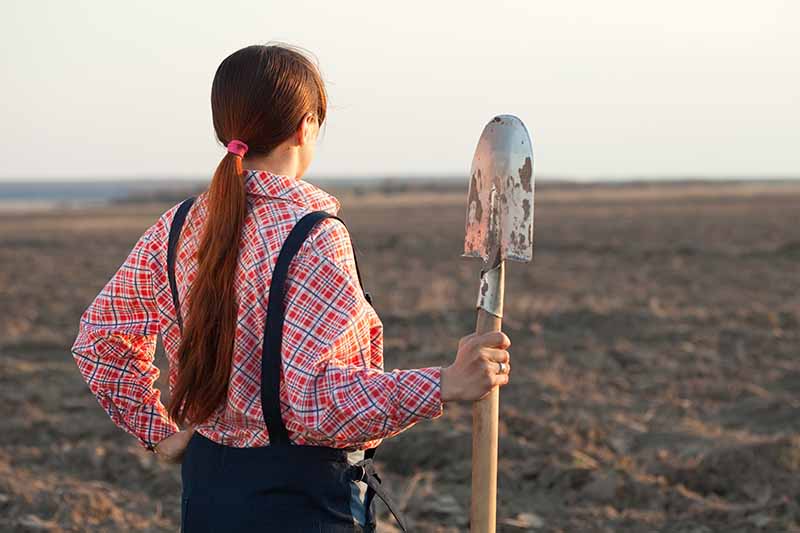
Once you have calculated your number of frost-free days, we are ready to look into the details of our vegetable seed needs.
Direct sowing outdoors
Even when I work with just under 130 frost-free days, I generally like to sow as many of my crops as possible – and I encourage you to do so.
This approach requires less work – no hardening or transplanting, and no worry that young seedlings will be shocked by the change from indoor to outdoor living. We do not use the term “greenhouse flower” for nothing to describe sensitive individuals!

Fortunately, there are many, many more types of edible annuals that can be sown directly compared to the number that Got to Start off as a transplant, so it’s pretty easy to plant most of your vegetable garden straight from seeds – especially if you want to grow a wide variety of vegetables.

With the aim of sowing as many plants as possible directly, we should first consider what we can easily start outdoors in the garden.
Harvest the cool season
Outside temperatures in the spring are rather cool, which is exactly what we need to sow most of the crops in the cool season. These seeds are usually planted a few weeks before the last frost date.
Harvest the cool season are well adapted to cool conditions and grow best in spring and autumn. And many, like arugula seeds, actually germinate better in cold soils.

Cool weather harvests that you should plan for direct sowing include:
While many plants are quite hardy in the cool season, different plants are susceptible to frost in different ways.
In our article you will find a detailed overview of which plants are frost hardy and to what extent Frost damage in vegetables.
And if, like me, you’re deeply frozen in late spring, be sure to keep an eye on your weather forecast and plant it to Danger of immersing yourself in the low temperatures again.
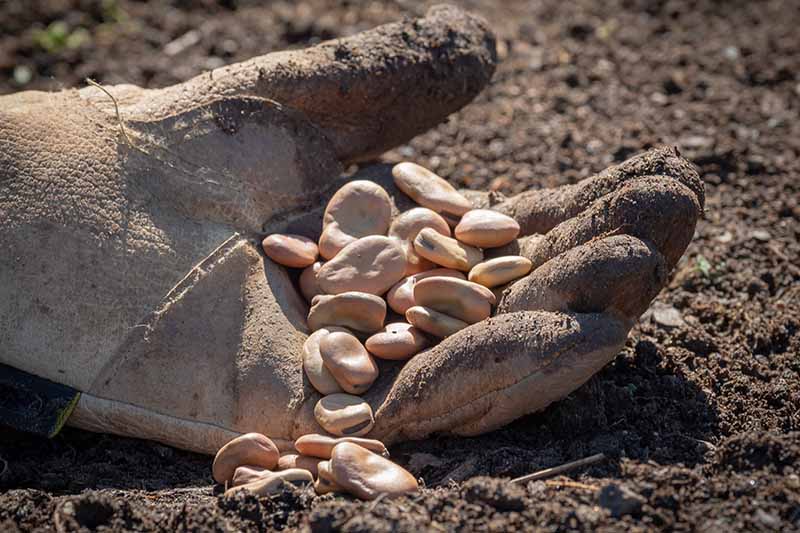
There are some exceptions to the cool season rule.
Something Plants of the cool season will go crazy if they are exposed to light frosts or days with temperatures below 50 ° F – for example Bok Choy and Tatsoi.
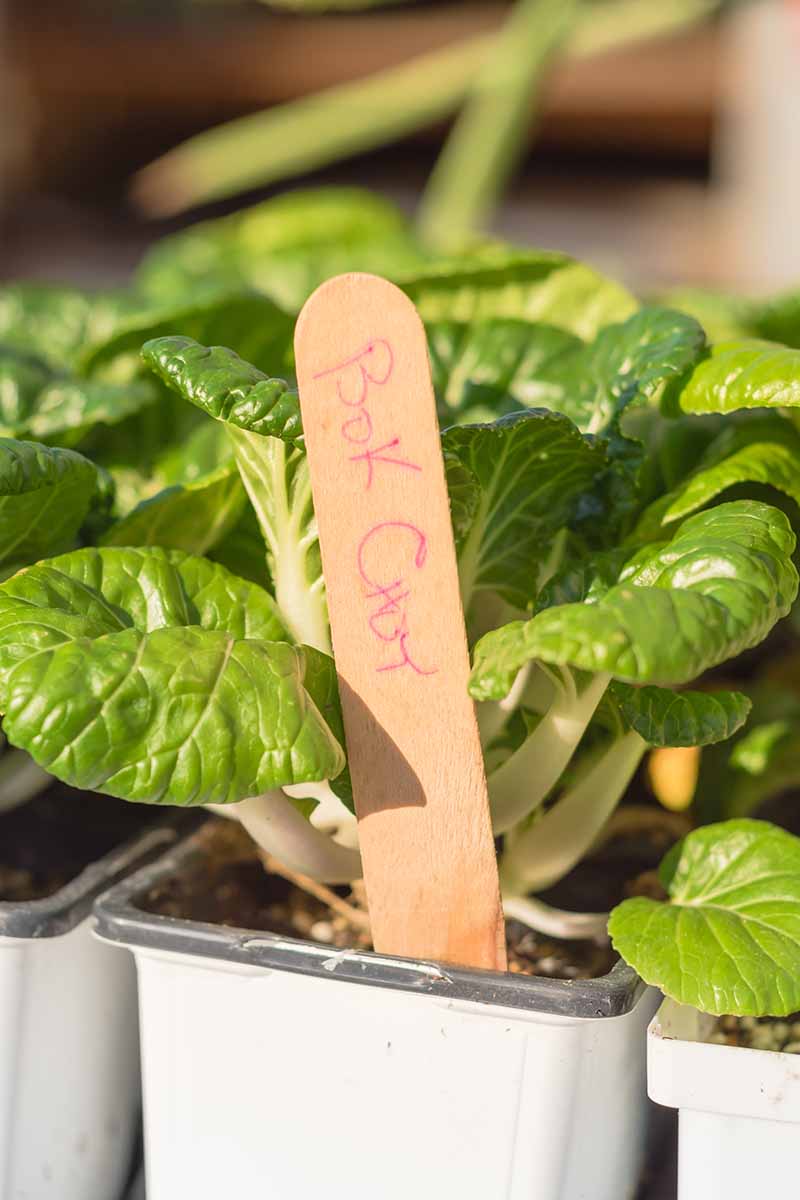
These cold weather harvests can be sown directly – or started and planted indoors – to the first frost date for better results.
Short Season Tender Annuals
Other vegetables that are good for direct sowing are tender annuals that can fully ripen during a short summer season – within 110 days or less.
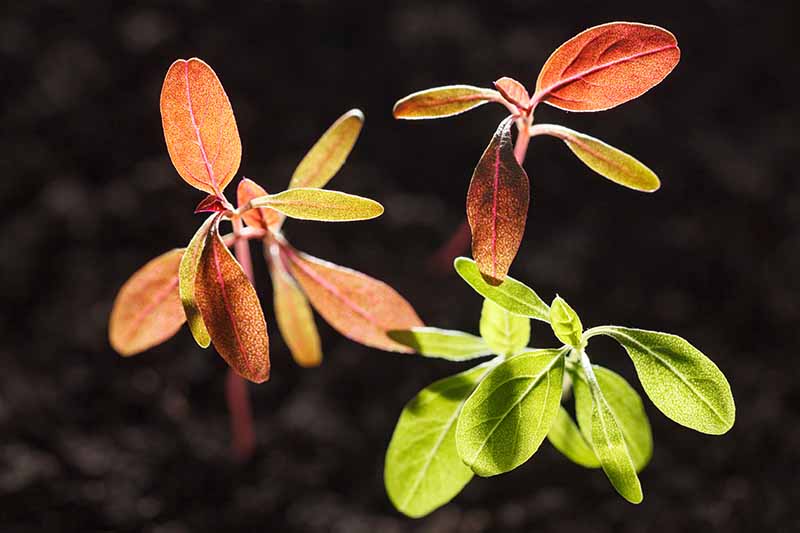
These plants are not hardy, so they should be sown after the risk of frost is over – and they generally have enough time to ripen when planted directly.

Short season tenders include most varieties of:
However, some varieties of cucumber, melon and pumpkin ripen more slowly. I will address these in a moment.
Seedlings that do not transplant well
There are some vegetables – both in the cool and in the warm season – that should be sown directly because their seedlings are usually not very successful in transplanting.
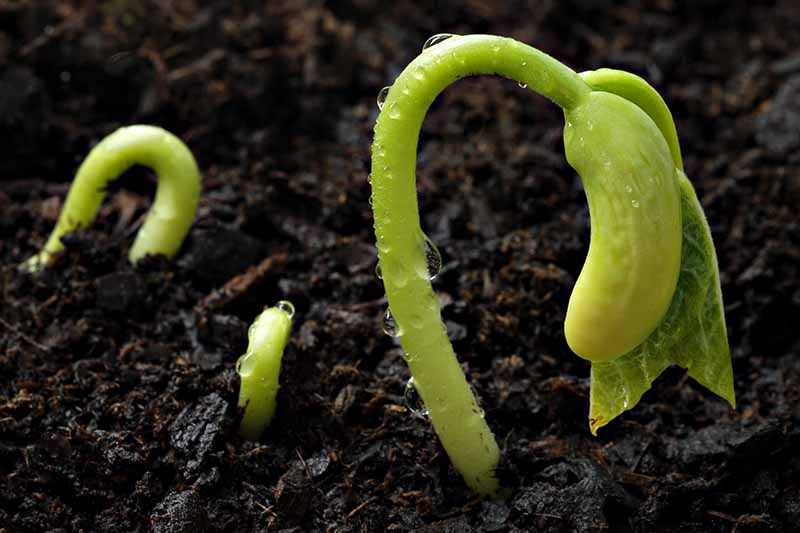
Some have delicate root systems that are easily disturbed when transplanted – like carrots and spinach, two plants of the cool season.
Others, like radicchio, tend to screw After transplanting, direct sowing remains the best planting method.
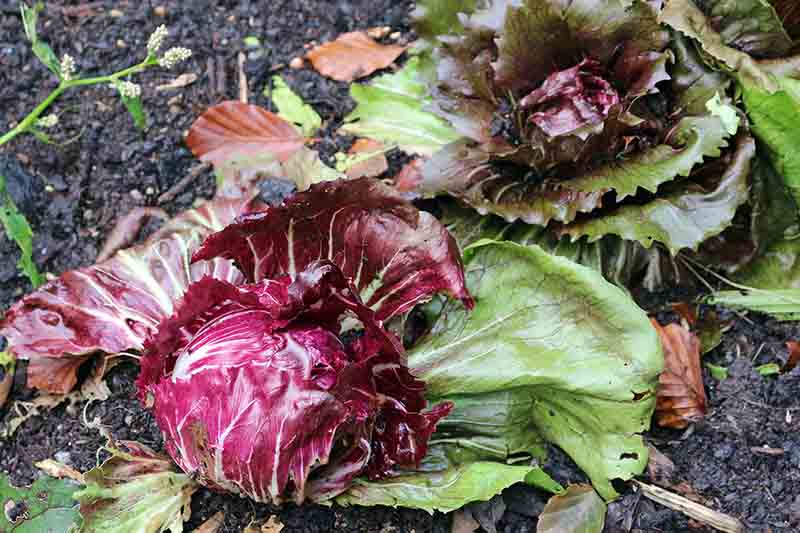
Here is a list of vegetables that are poorly suited for transplanting and should always be sown directly:
- Beans (stalk, bush)
- Beets
- Carrots
- Corn
- Radicchio
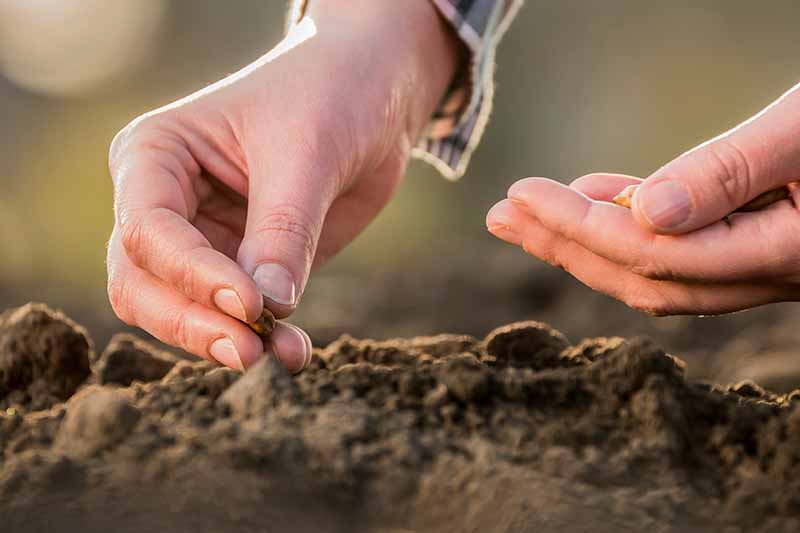
And then there is another group of vegetables that only do moderately well When transplanting, direct sowing is therefore recommended if possible:
If transplanting is the preferred method of growing this vegetable in your garden – for reasons I will discuss below – you will be more successful if you use biodegradable pots to start your seeds.

However, transplanting into biodegradable pots will only work if you live in a climate where the biodegradable pot actually breaks down.
For those of us who work in dry climates in the garden, the biodegradable pot doesn’t stay wet enough to decay properly, and this could eventually slow down the roots of the transplant.

An alternative that works even in dry climates is to grow these delicately rooted vegetables in compressed soil blocks.
According to gardener Sandy Patry in a 1993 edition of “Cognition: The Voice of Canadian Organic Growers”, published by McGill University Organic Agriculture ProjectsThese blocks dramatically increase seedling survival rates by reducing seedling root damage during transplantation.
With the Ladbrooke floor blocker you can make your own blocks from compressed soil. available through Amazon.
Start indoors
In contrast to the freewheels mentioned above, which grow productively when your seeds are conveniently placed directly in your garden floor, some vegetables are reliably more efficient when started indoors.

And aside from the preferences of your seeds as they begin, there are times when you might want to give something Your Preferences priority, and start some of the above anyway anyway.
Long Season Tender Annuals
In general, the vegetables that are sown indoors are tender (sensitive to frost), require warmer germination conditions, and require additional time to reach maturity – tender, long-seasoned annuals.
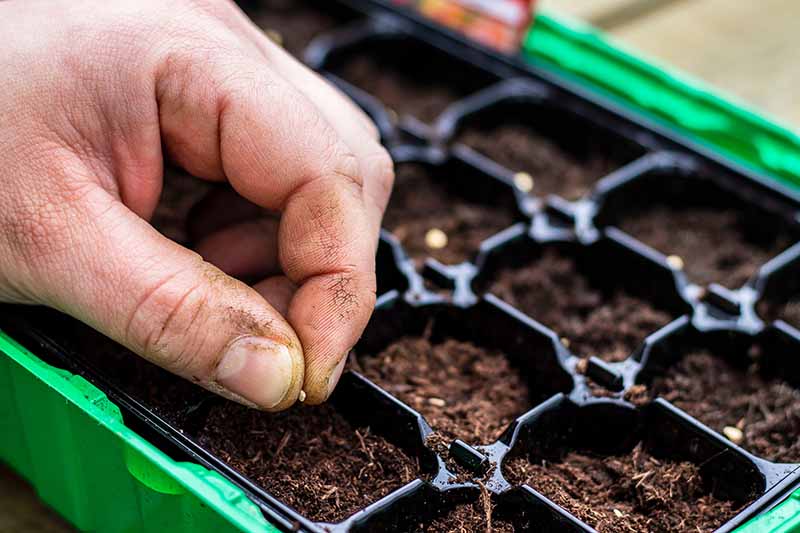
These seeds are grown indoors either in a warm and sunny window facing south. under grow lightsor in a heated Glasshouse, usually 6-10 weeks before the first frost. Then they are planted in the garden after all the risk of frost is over.
Depending on the variety, different plants can take different amounts of time to grow from seed to maturity. Some tomatoes can take 140 days to reach maturity and some peppers take 175 days.
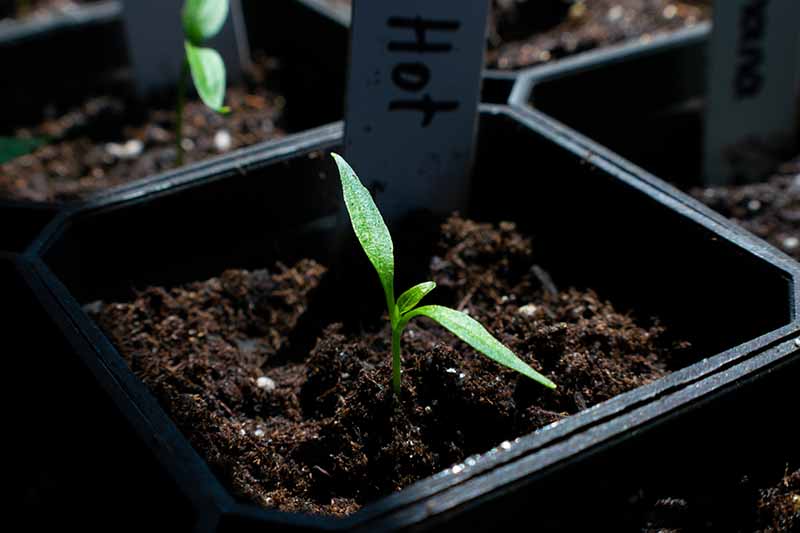
In addition, many plants will produce crops that can be harvested over a longer period of time. Therefore, we do not want to select varieties that only ripen the day before our first frost. We want to give them extra time to continue producing.
In most places in the United States, the growing season is not long enough to successfully ripen these delicate plants and give them enough time to produce fruit if they are sown directly into the soil.

So these plants, which are all random Nightshadeare best started indoors and then planted in the garden:
Although starting indoors is the general recommendation for this vegetable, you should experiment with direct sowing – especially if you have a long growing season.
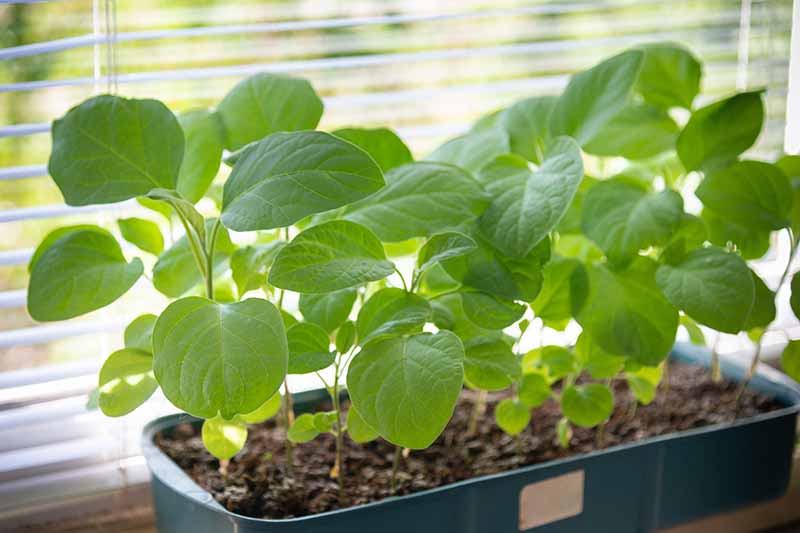
Have you ever found voluntary tomatoes in your garden soil and even produced fruit?
Yes, me too – even in zone 5. (However, these successful volunteers usually come from short-season varieties.)
If you want to experiment with sowing your nightshade seeds directly in your garden, simply compare the specified days with the ripeness on your seed packet Make sure that the plant has additional time to bear fruit before the first frosts arrive.

Usually start these vegetables indoors to get more chances of success – and early harvests.
And don’t forget the germ temperature requirements. Tomatoes need soil temperatures of 70-90 ° F to germinate. So when experimenting, wait until your floor is nice and warm. A heating mat can be useful for starting seeds indoors.
If you grow tomatoes from seeds, there are some great tips in our tips Jump start for tomato seeds.
Long-term varieties
In addition to the delicate yearbooks mentioned above, there is another group of vegetables that often need to be grown indoors.
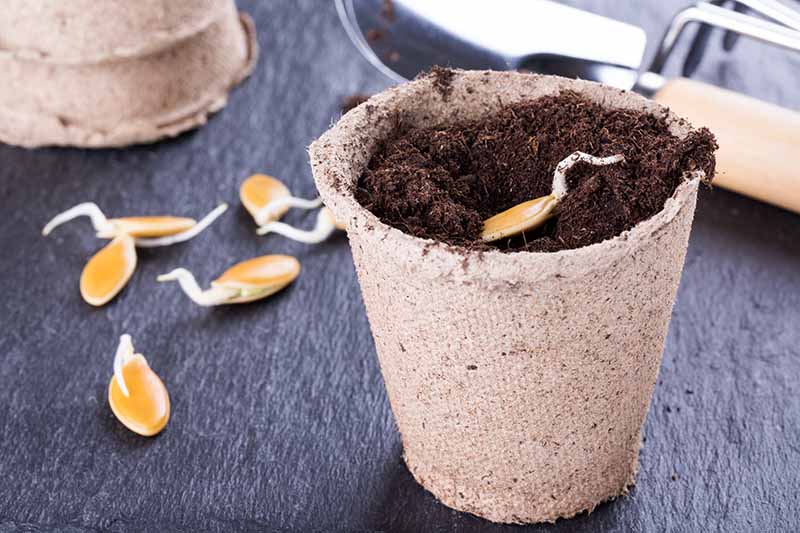
These are the slower growing varieties of different types of vegetables, which are usually short-season plants. This group includes certain varieties of:
Slow growing varieties of these plants may not have enough time to ripen when in many cases they are sown outdoors USDA hardiness zones.
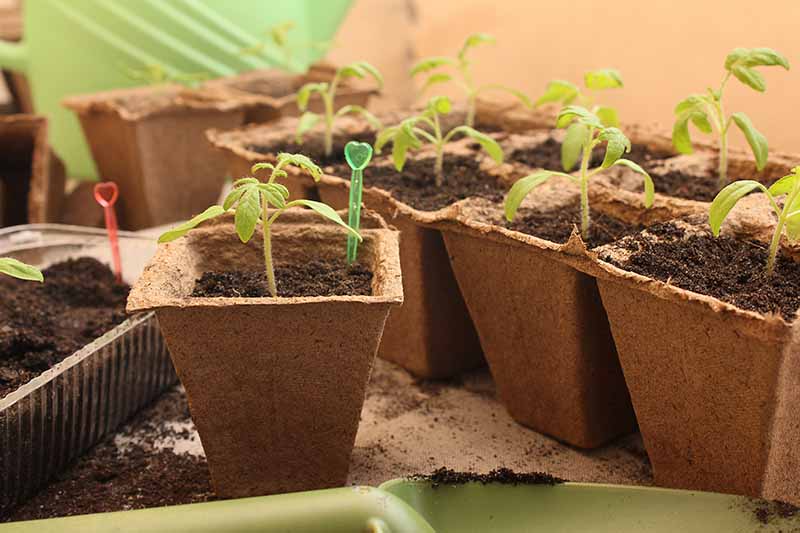
Always check the days until your seeds mature and compare them to the number of days in your local growing season.
If the days to maturity are beyond or very close to the number of days in your frost-free season, start these strains indoors to give them a head start.

When I checked the average number of days in my local growing season, I found that if I wanted to successfully grow loofah squash in my garden, which could take 200 days to ripen, it would be better to start indoors about 10 weeks before my planning to transplant them.
Slow growing plants in the cool season
There are also certain types of vegetables that almost never have time to ripen outdoors and that must have a good head start in the normal growing season.
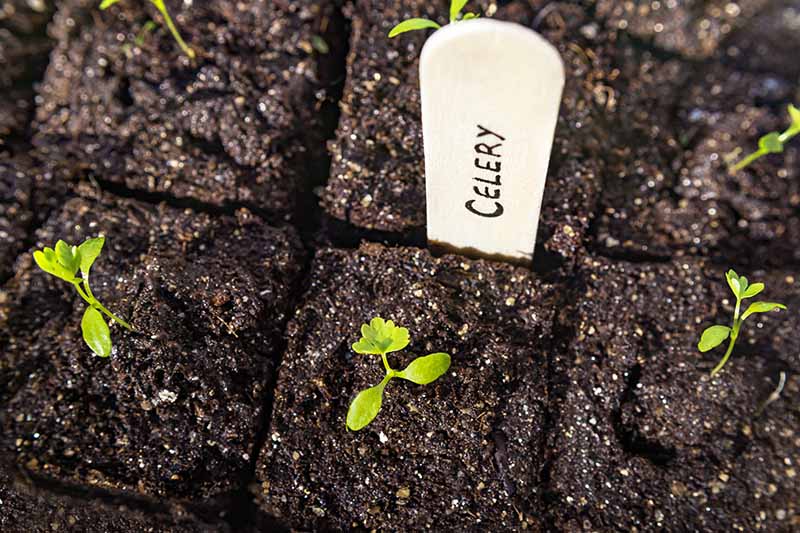
These plants are adapted to regions with cooler climates, which can make it difficult to grow them in places with hot summers.
If they start indoors long before the last frost date, they have enough time to establish themselves and develop some resilience before the heat of summer sets in.

These include:
Brussels sprouts are a crop that is usually grown indoors in most regions because it grows so slowly.
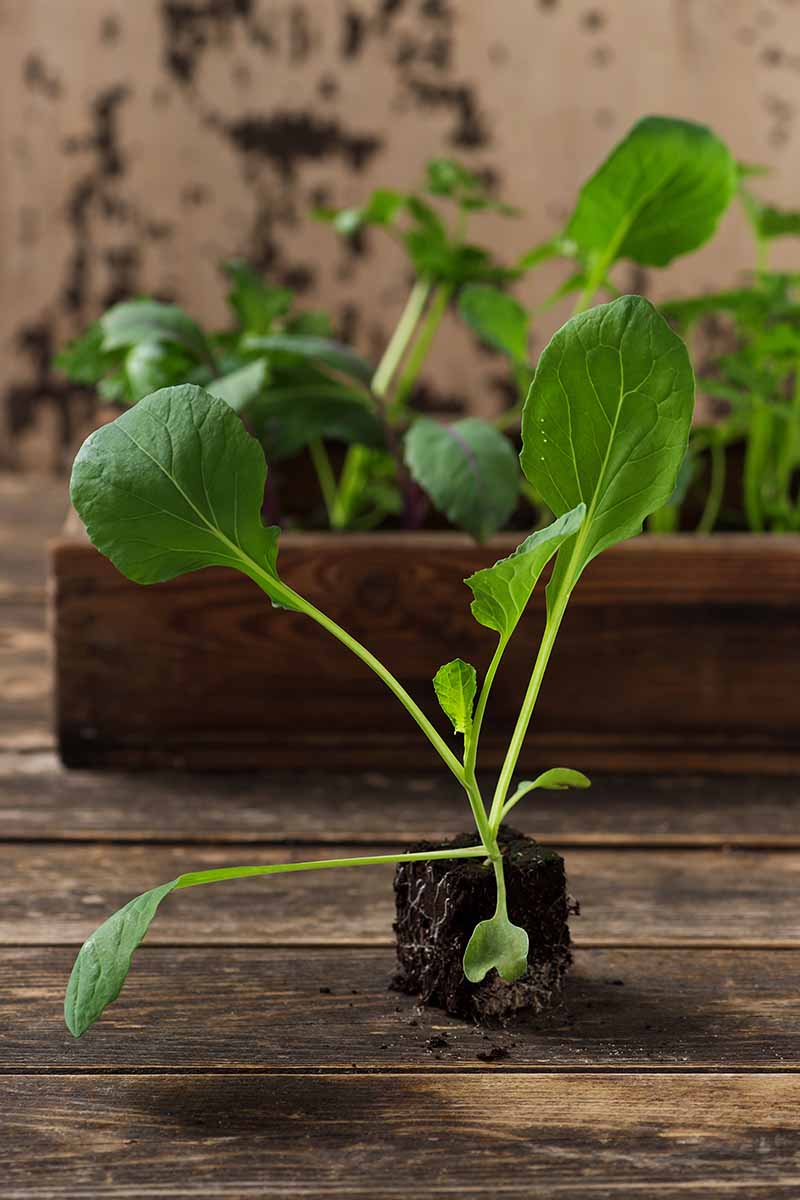
Because some types of Brussels sprouts can take up to 200 days from transplant to maturity, in most areas it is necessary to start these plants indoors.
For short growth periods
As I mentioned earlier, some of us have a limited growing season, and even the usual “short season” tender annual crops may not ripen within our average number of frost-free days.
For us short-term gardeners, we want to compare our local number of frost-free days with the average total number of days to ripen on seed packets for all or most of our delicate yearbooks – just to make sure we have enough time to pick a delicious harvest.
And if one of our intended plants doesn’t have time to reach maturity, we should consider starting it indoors. Keep an eye out for varieties of certain types of products that are known for a shorter number of days to mature.
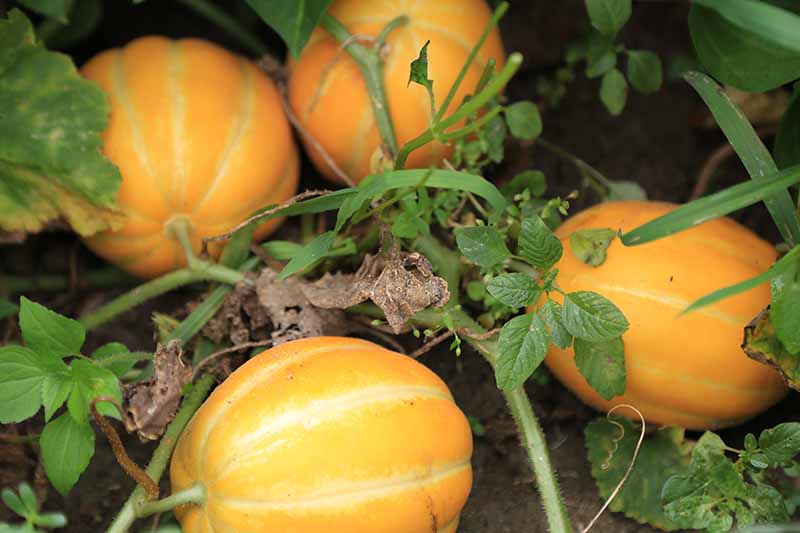
Delicate annual harvests that typically need to be started by gardeners with shorter growing seasons indoors include:
- Pumpkins
- Watermelons and other types of melons
- Winter squash
For earlier harvests
Even if your chosen variety of a particular plant type has time to ripen within your local growing season, you may want to get some earlier harvests.
Starting seeds indoors is one way to get these early vegetables.
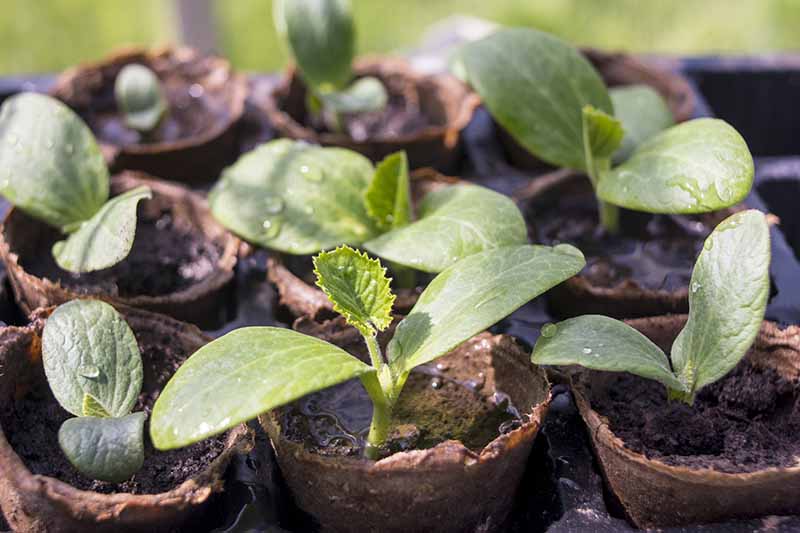
You can start almost any vegetable indoors – except for those who really don’t like to transplant – for an earlier harvest.
My father-in-law plants his garden like this every year. He buys summer pumpkin transplants, but when he plants them in his garden, he also plants additional seeds.
This way, he gets a few early pumpkins from his transplants, and then his sown plants take over and produce the transplants. It is a useful tactic to fill the hunger gap.
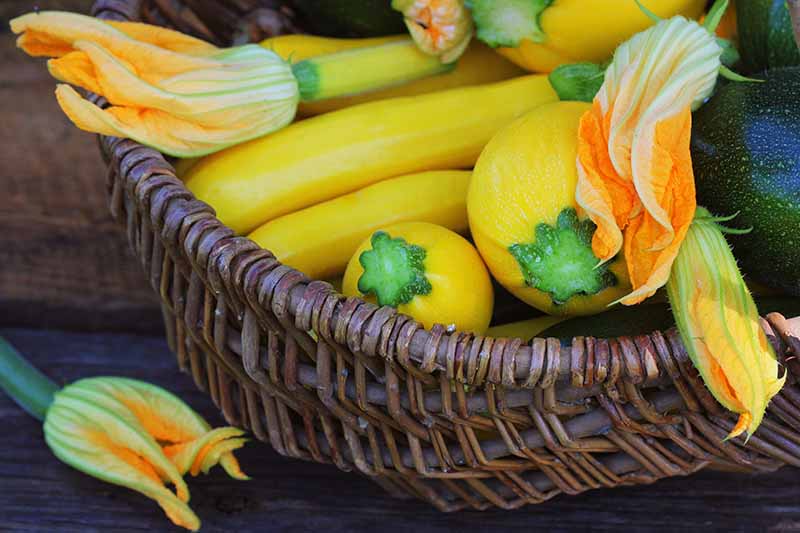
Aside from hoping for an early pumpkin, you may also want to use transplants to get earlier harvests if your spring weather warms up quickly.
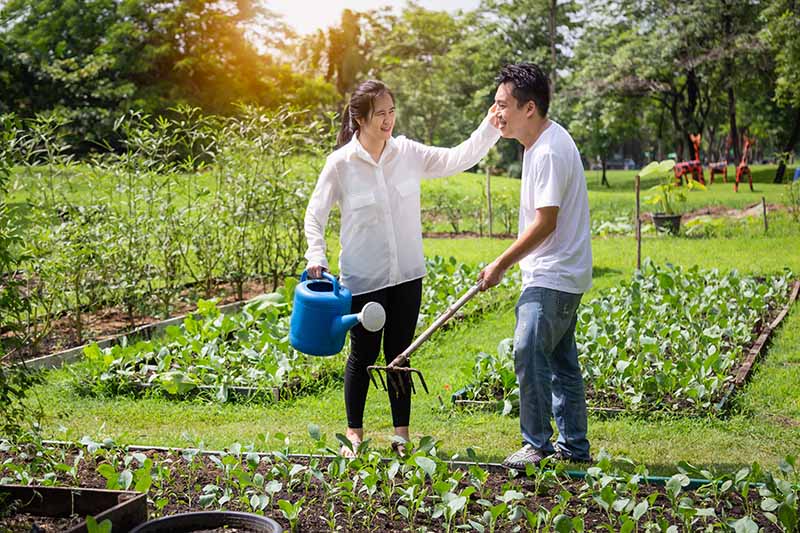
Choking, hot weather slows the growth of many plants. In warmer climates you can overcome the worst heat by starting plants in winter and setting up seedlings early.
Plants that prefer transplanting
Just as some plants prefer to be sown directly in the garden, there are certain plants that benefit from the transplant, such as broccoli, cauliflower, and romanesco.

These plants are picky about their growing conditions and tend to be more productive when planted as seedlings in the garden.
You can learn more about it growing cauliflower and broccoli in our full instructions.
quick start Guide
| Harvest the cool season | Plants of the warm season |
| Sow outdoors before the first frost | Sow outdoors after the first frost |
| Arugula, Batavia, Beet, Belgian Endive, Broccoli Raab *, Onions *, Carrots, Cabbage *, Corn Salad, Daikon, Beans, Fennel (Onion) *, Frize *, Kale *, Kohlrabi, Leek *, Salad *, Mizuna, Mustard, orach, parsnips, peas, radicchio, radishes, rutabagas, shallots *, spinach *, chard *, beets, watercress | Amaranth, beans (bush, stick), bitter melon *, corn, cucumber *, edamame, pumpkins *, loofah *, melons *, okra, pumpkins *, summer squash *, watermelons *, winter squash * |
| Start indoors | Start indoors |
| Artichoke, Bok Choy (Pak Choi) **, broccoli **, Brussels sprouts **, cabbage, ** cauliflower, celery, celery **, Chinese cabbage **, onions (onion) **, Romanesco, Tatsoi ** | Aubergines, ground cherries **, hot peppers, Malabar spinach **, New Zealand spinach **, peppers, tomatoes, tomatoes |
* can be started indoors if this is preferred or if the season is short
** can be sown directly outdoors in some cases
Sowing a lot of product
Now that you have some general guidelines for determining which vegetables to sow in the garden and which to grow indoors, you should be ready to split your seed packets into two separate piles.
But before you start sowing indoors, brush up on your skills Our guide to starting annual seeds indoors?
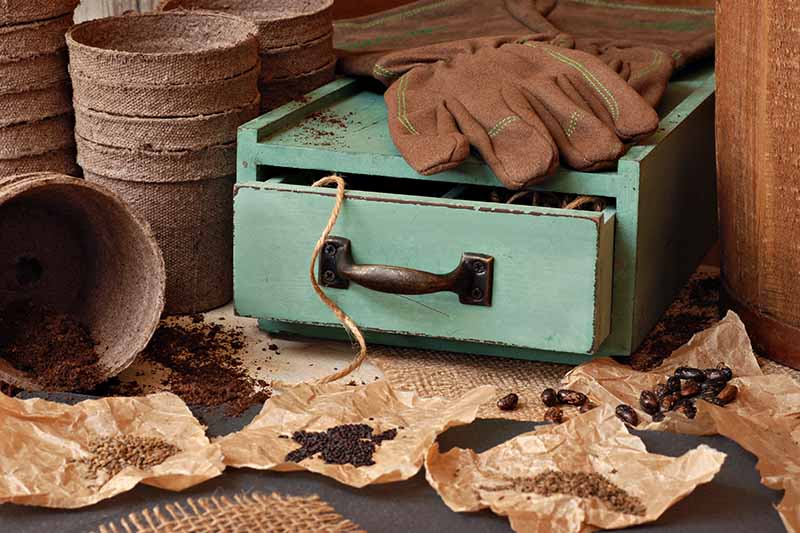
Once you’ve calculated the length of your local growing season, have you discovered any surprises in seeds that you really should start indoors? Let me know in the comments.
